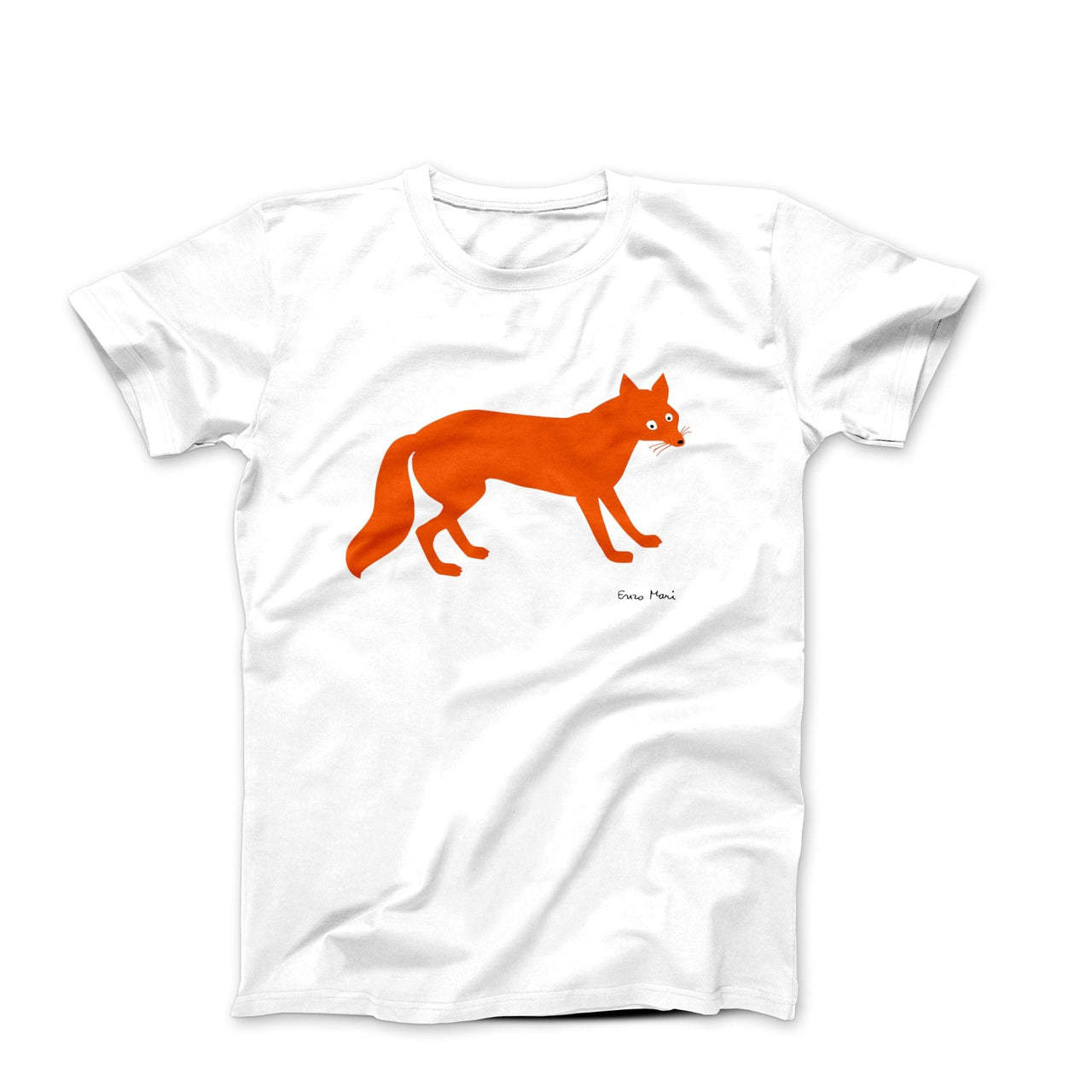New & Trending
-
Enzo Mari La Volpe (The Fox) 1965 Art T-shirt -
Enzo Mari La Pantera (The Panther) 1965 Art T-shirt -
Tom Eckersley Train (1975) Poster Art T-shirt -
Paul Rand Sparkle and Spin (1957) Poster Art T-shirt -
Nadamoto Tadahito Kabuki (1969) Art T-shirt -
Jean Coulot Amitié (Friendship) 1970 Art T-shirt -
Sebastião Rodrigues Almanaque Cover #12 (1960) Art T-shirt -
Hokusai The Great Wave off Kanagawa (1831) Art T-shirt
Greatest Painters Artwork T-shirts
Mugs & Tumblers
Phone Cases
From the Journal
-
Read more
It’s a technique, not a particular type of dye. The typical method for adding color to a garment (like a sweatshirt) is through a process called piece-dying, which means the fabric roll is dyed before it’s cut into a pattern...
-
At the vanguard of the pop art movement, Warhol’s work made the mundane a total spectacle, sparking massive debate about the value of art in the process. His radical new concepts about what could be considered fine art blurred the lines between advertising and artistic pursuit, putting soup cans and washing powder boxes in front of audiences as if they work exquisite works of creativity.Read more
-
A Banksy artwork of a masked rat holding a Stanley knife has been stolen in Paris. The stenciled image has been cut from the back of a large traffic sign near the Pompidou Centre, a modern art gallery in the center of the city. The gallery, which houses Europe’s largest collection of contemporary artwork, posted an image on its official Twitter page showing a rectangular hole in the metal sign.Read more


















































